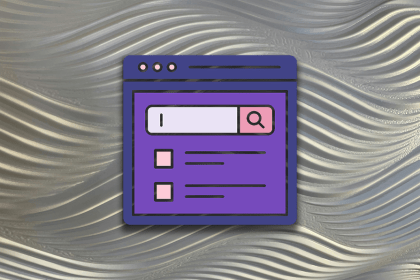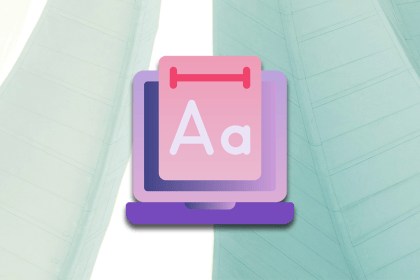
Use a low-fidelity prototype for your design whenever you need to experiment with ideas in the UX research analysis stage.

The elaboration likelihood model (ELM) is a theory that describes how people process information and its impact on their attitudes.

If you think UX design is all about solving user problems, you’re wrong. In this blog, I share the the lesser-known truths about UX problem solving.

The serial position effect and its concepts are critical for effective UX designs. They help designers understand the limitations of […]

Learn to deliver a UX portfolio presentation that keeps your audience engaged while explaining your design process clearly and concisely.

No-code builders have been consistently growing in popularity. In this blog, I discuss the ins and outs of Framer and Webflow to help you pick the best for your needs.

Let’s cover essential GUI design principles, like consistency, simplicity, and feedback, and explore how you can apply them to your designs.

A conceptual model can help break complex systems into understandable mechanisms. In this blog, I share you can use one as a UX designer.

Choosing a triadic color scheme can help us create a theme for our product that really pops or is very attention-grabbing.

A good brand design gives a brand its edge, and leading this effort is a brand designer. In this blog, I share all ins and outs of this creative career path.

Let’s discuss typography anatomy to better understand its importance in UX design for creating beautiful, easily legible text.

Brand strategy makes or breaks a brand, and a brand strategist is at the center of it all. Let’s discuss all about this career track.